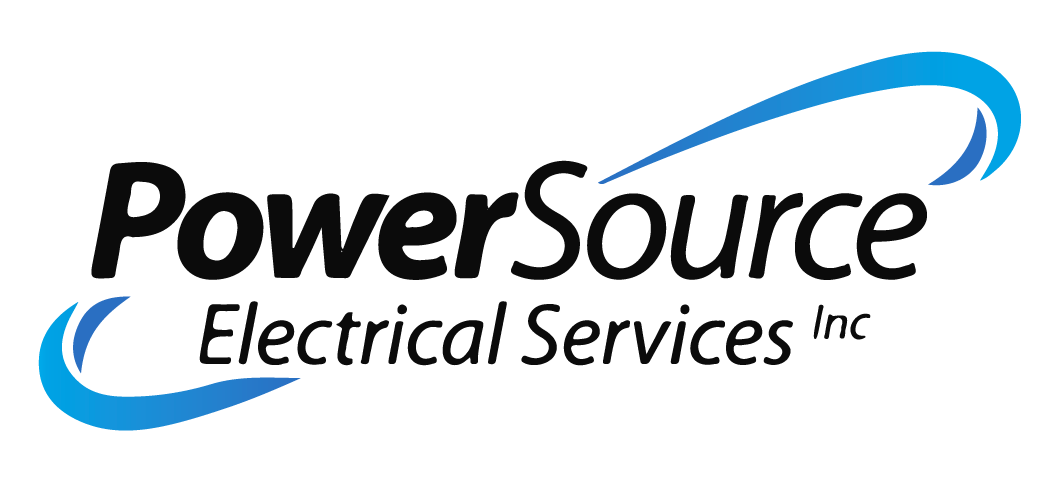Generator FAQs
An automatic backup generator is a back-up electrical system that operates whether you are home or away. Within seconds of an outage, it automatically supplies power directly to your home’s electrical circuit breaker box. After utility power returns, the generator shuts itself off and waits for the next outage. It operates on natural gas or liquid propane gas and sits outside just like a central air conditioning unit.
During a utility power outage, an automatic backup generator provides numerous advantages over a portable generator:
- The American Red Cross recommends permanently installed backup generators as a safer way to provide backup power to a home than a portable generator.
- With an automatic backup generator properly installed outside, your home is protected from deadly carbon monoxide poisoning that is a much greater risk with portable generators.
- Running on the home’s natural gas or LP fuel supply, it is less expensive to run than gasoline and sources such as natural gas do not need to be refilled.
- They start automatically within seconds of a power outage and eliminate the need to haul a portable generator outside or run extension cords throughout your home.
- They provide protection 24/7, whether you’re home or away, and they turn themselves off when utility power returns, so there is no need to monitor the unit during an outage.
The very best way to understand your options and work within your budget is to schedule a free in-home assessment. During your consultation, you will receive the personalized attention and detailed evaluation you need to find a solution that works for your need.
Essential Circuit Coverage – The generator is paired with a transfer switch containing a predetermined number of circuits based on the generator’s kW power rating. Each circuit is directly connected to a matched circuit on the home’s main circuit breaker panel, providing electricity to that specific appliance or area of the home.
Managed Whole House Coverage – You can get more coverage with less generator, up to whole house coverage, by pairing a smaller generator with a load shedding option. This creates a managed power solution where non-essential circuits are shed when the generator approaches maximum capacity. They are cycled back on when essential circuits no longer require power, so all circuits receive power at different times.
Complete Whole House Coverage – Easily cover every circuit in your home by pairing a larger kW unit and the proper transfer switch to provide full coverage. No circuit is ever left uncovered, so every appliance is available every minute.
All generators require periodic maintenance, such as oil and filter changes to ensure maximum performance for years of reliable service. Most manufacturers recommend you have your unit serviced every 6 months Power Source offers annual maintenance contracts for a worry-free ownership experience.
The engines! Air-cooled generators come with engines that use fans to force air across the engine for cooling, while liquid-cooled generators use enclosed radiator systems for cooling, similar to an automobile. Generally, liquid-cooled engines are used on larger kW generators due to the larger engines required for the higher power output.
No…the generator fuel costs would be much more expensive than buying power from the utility company since their cost to produce electricity is divided among thousands of customers. Automatic generators are produced for use as backup to utility power specifically and should not be used as primary power.
This is a maintenance reminder light. You can reset the light by pressing the Enter key on the control panel. Service reminders include inspect battery, change oil and filter, change air filter, inspect spark plugs, and change spark plugs.
